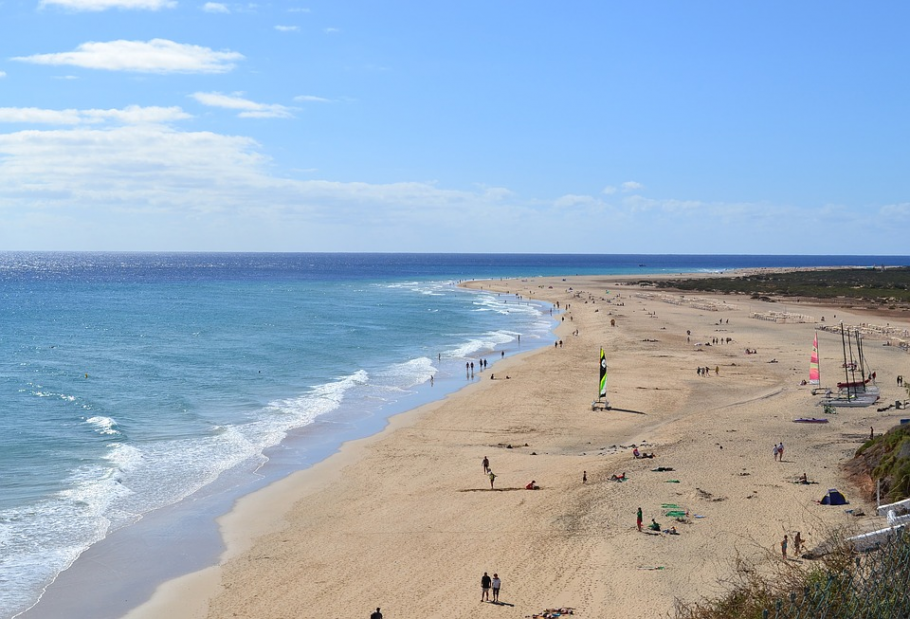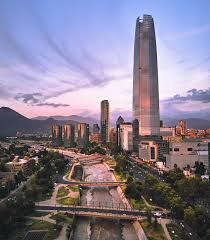Spain is more multicultural than the myths, from the Pyrenees to the Mediterranean. You can see this diversity extend till the Atlantic! Surprising isn't it? Paella and bullfighting may be Spanish, but that Iberian country is not defined by either. In Spain, you'll be witnessing a wide range of culture – more than you would expect. Discover Catalan culture in Barcelona, thanks to Antoni Gaud, complete with dreamlike buildings. Try pintxos in the northwest, the Basque take on tapas, and see the mark left by Andalusia's Moorish architecture in the south. There's a lot more in it too.
And that does not even include the famous Costas beaches. Or the amazing Roman ruins traversing the country with its aqueduct, particularly Segovia. You can experience history and culture with plenty of sunshine-all in small doses. Here's a list of the best places to visit in Spain.
Barcelona
Set in the northeastern part of Spain, Barcelona is one of the country's top tourist spots as it offers everything travellers are searching for from ancient monuments to vibrant shopping, rich history and booming European nightlife. The main attraction in Barcelona is Ciutat Vella, the Old City. The common activities in Barcelona include taking a stroll along La Rambla, a tree-lined pedestrian street, and sunbathing on one of the most famous beaches in the region, Barceloneta.
Granada
Situated at the foot of the Sierra Nevada mountains of southern Spain, Granada is the capital of the province of Granada. Its mid-sized area offers a great mix of spectacular sights, traditional cultures and a vibrant nightlife. Yet above all, it is the birthplace of the Alhambra, a pinnacle of Moorish architecture that epitomizes the Andalusian culture and one of Europe's great architectural sights.
Spanish Islands

Image Credits: Google Images
Spain has one of the most magnificent isles in Europe. The large Spanish islands are evenly divided between the Canary Islands and the Balearic Islands. The four principal Balearic Islands (Ibiza, Formentera, Mallorca and Menorca) in the east of the Spanish mainland retain a distinct character from the rest of Spain and one another. Mallorca is the largest and most famous island in the Balearic Islands, while Ibiza is famous as a party place. The Canary Islands, also called the Canaries, are located in the Caribbean, off the southern coast of Morocco.
Madrid
The capital and largest city of Spain, Madrid, is famous for its sizzling nightlife scene. This beautiful city is home to many universities which make it one of Europe's most lively cosmopolitan cities. Madrid is a stunning city blended with both the old architecture and the modern. The region is made up of several neighbourhoods that include old crowd communities, educational centres, ethnic areas, and party places. The city has a unique style and attractions that include historic quarters too.
Seville
Amazing tourist attractions, colourful festivals and a lively nightlife all make Seville one of Spain's best places to visit. Seville is also the financial and cultural capital of the region, as Andalusia's capital. The city is home to many beautiful and significant historical landmarks, the chief of which is Seville's grand cathedral, where Christopher Columbus is believed to be buried. Another building of significance is the Real Alcazar, an extravagant Moorish palace with luxurious gardens.
Valencia
One of Spain's largest and most important cities, Valencia is located in the region of Valencia in the eastern part of the country. Valencia is today renowned for its Fallas Festival and the City of Arts and Sciences architectural masterpiece, after many years of massive building and renovation. Valencia is packed with restored historic buildings including beautiful churches, old monasteries like San Miguel de Los Reyes and the site of a former silk trading centre known today as the Silk Exchange Market.
San Sebastian

Image Credits: Google Images
San Sebastian is the capital of the province of Gipuzkoa, situated off the coast of the Bay of Biscay in the Basque country in northern Spain. This stunning seaside town is well-loved for its excellent beaches and excellent gastronomic heritage. Despite being divided into several districts, San Sebastian is a small, cosy town full of restaurants, pintxo bars, designer shops and an enclosed mall. The Old Town features numerous historic buildings restored in the 19th century after the city was almost destroyed during the Napoleonic Wars.
Cordoba
Córdoba is the capital of the province of the same name in southern Spain's Andalusian region. While Córdoba is distinguished by its small-town charm, this medium-sized town offers all the historical and cultural attractions of a busy metropolis. One of Europe's oldest cities, Cordoba's historic quarter is a labyrinth of tiny medieval streets, plazas and whitewashed courtyards all located around the Mezquita star attraction.
Toledo
Perched on a mountaintop in central Spain, until the 16th century Toledo served as the Spanish capital. Since it has been inhabited for several centuries by Jews, Christians and Muslims, the city is often called the "Capital of Three Cultures." Today Toledo is a popular destination for its abundance of historical art and architecture dating back to the Roman Empire.
Santiago de Compostela

Image Credits: Google Images
Santiago de Compostela, the capital city of the region of Galicia in northwestern Spain, is famous for being the final destination of the traditional pilgrimage known as the Camino de Santiago. This pilgrimage, also called St. James' Way, dates back to the Middle Ages and is significant to many since it is believed that St. James, an Apostle of Jesus Christ, is buried there. The city today attracts thousands of visitors each year due to both its religious tradition and history.
Finding this guide useful? Check some of the best Spain holiday packages and book your dream vacation now with travel companies like Pickyourtrail!
- Log in to post comments









